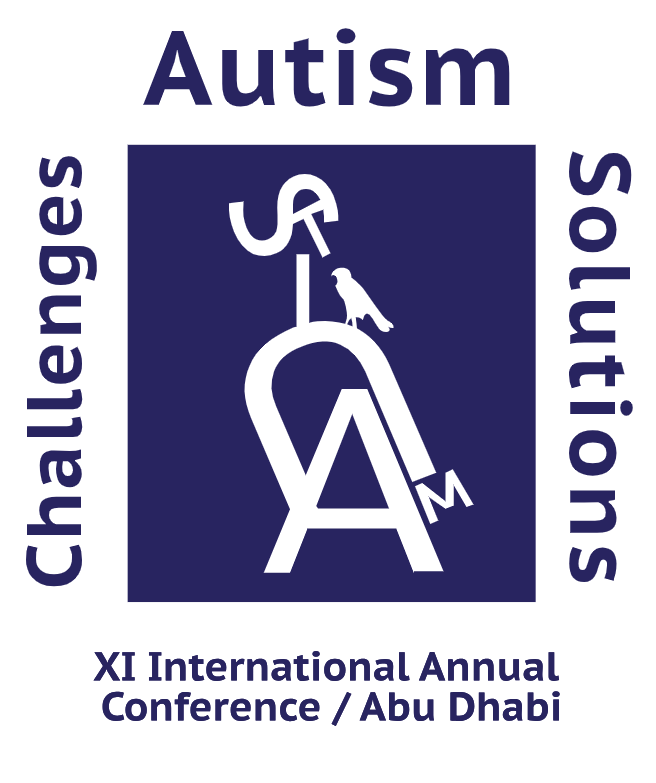Non-vocal to Complex Communication Evidence Based Communication Strategies for Children with Autism
Published 2023-12-13
Keywords
- Autism,
- Disorder,
- Early Intervention,
- Genetic Factors,
- Conditions
- Adaptive Skills ...More
How to Cite
Abstract
Language is the foundation of all social interactions. Various studies indicate that an estimated 25-50% individuals with autism fail to develop vocal speech (DeWeerdt, 2013; Tager-Flusberg & Kasari, 2013, p. 468; Wodka, Mathy & Kalb, 2013). Many longitudinal studies indicate that children with autism spectrum disorder with speech impairments and minimal verbal skills have less favourable outcomes in life, hence development of speech and communication in children with autism is both desired and beneficial. Very often parents have expressed that their only desire is here their children speak. At the same time a large cohort of children with autism who have speech often struggle with echolalia, perseverative speech, and socially appropriate reciprocal communication.
In the current presentation various technologies for emergence of vocals in large cohorts of non-vocal children between 2 years to 13.5 years will be reviewed. Carbone, et al. (2006), suggested spoken words paired simultaneously with manual signs can facilitate the development of vocal responses.
The current study spanning 6 years and 8 months reviewed technologies for emergence of vocals in 126 non-vocal children. Children between 1.8 to 13.5 years participated in experiments that used delayed multiple baseline design across subjects. Experiment 1 studied the role of sign-mand training and paired vocals on the emergence of speech in 58 participants. Fifty-eight participants aged 2.1 to 13.5 years participated in this six-and-a-half-year study using a delayed multiple baseline design. An 83% success rate with 48 participants acquiring seven first vocal-verbal’s, defined as acquiring speech, and 58.3% of them acquiring sign-mands suggests that the intervention is effective and can be valuable for families with nonvocal children with autism.
Experiment 2 studied the effect of vocal prompt delays during sign-mand training on 3 children and is a replication of Carbone et.al (2010). Experiment 3 studied the effect of a novel independent variable i.e., intraverbal training as a treatment package on 19 non-vocal children. Overall results suggest an 83% success in the emergence of vocals meeting the mastery criteria (n=7 vocals) with permanent effects.
The effect of using signs or PECS under motivating operations, using time delays or the use of intraverbal frames for evoking vocals will be reviewed. Evidence for the emergence of communication across various verbal operants such as mands, echoic and intraverbals will be presented. The study has high clinical validity and concludes that clinicians need to be aware of the variables which have an effect on speech emergence in non-vocal children. Once speech emerges evidence-based strategies for developing reciprocal communication will also be reviewed.

